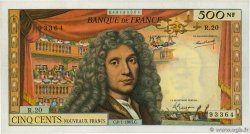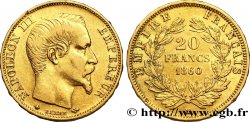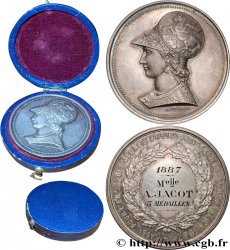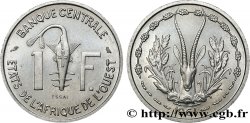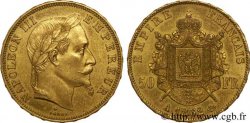400.00 €约 3272.00 CNY
数量
加入购物车

种类 Médaille, Union des Francs-maçons de France et d’Italie
日期: 1808
铸币厂名称/城市 Milan
材质 bronze
直径 39,5 mm
模子方针 12 h.
重量 28,25 g.
侧面 lisse
印模 sans poinçon
稀少度 R2
关于品相的说明
Jolie patine marron avec quelques traces de manipulation dans les champs
出版目录中的项代码 :
家谱
Cet exemplaire provient de la Collection Charlet
正面
正面的文字 ANÉPIGRAPHE.
正面的说明书 Deux faisceaux de licteurs non capés d’une hache font les deux colonnes, nouées d’un lacs d’amour en haut et de deux rubans en bas, posées sur un socle triangulaire pointe en haut, d’un décor de symboles maçonniques avec croisés au sol un caducée et une épée flamboyante, sous un couronne de chêne continue enrubannée portant banace, équerre et compas, le tout entrecroisé.
Les faisceaux de licteurs, outre les deux colonnes du Temple, représentent les francs-maçons français et italiens.
背面
背面的文字 ITALIAE GALLIARUMQ. / ARCANAE. SAPIENTIAE / HIEROPHANTIS / SANCTIORI. FOEDERE / SOCIATIS. MEDIOL. ANNO V:. L :. 5808.
背面的说明书 Légende en 6 lignes.
背面的翻译 Aux initiés du savoir secret d’Italie et de France associés par un pacte sacré à Milan, l’an de la vraie lumière 5808 (traduction Labouret).
评论
Selon Thory 1812, cette médaille fut “frappée par le G. O. d’Italie pour consacrer l’époque de son union avec le G. O. de France” D’après Ligou, le G. O. d’Italie avait été constitué à Milan en 1805 sous l’égide des francs-maçons français. Cette médaille célèbre le pacte passé entre les deux obédiences en 1808.
According to Thory 1812, this medal was “struck by the GO of Italy to consecrate the era of its union with the GO of France.” According to Ligou, the GO of Italy was formed in Milan in 1805 under the aegis of the French Freemasons. This medal celebrates the pact made between the two obediences in 1808.
According to Thory 1812, this medal was “struck by the GO of Italy to consecrate the era of its union with the GO of France.” According to Ligou, the GO of Italy was formed in Milan in 1805 under the aegis of the French Freemasons. This medal celebrates the pact made between the two obediences in 1808.







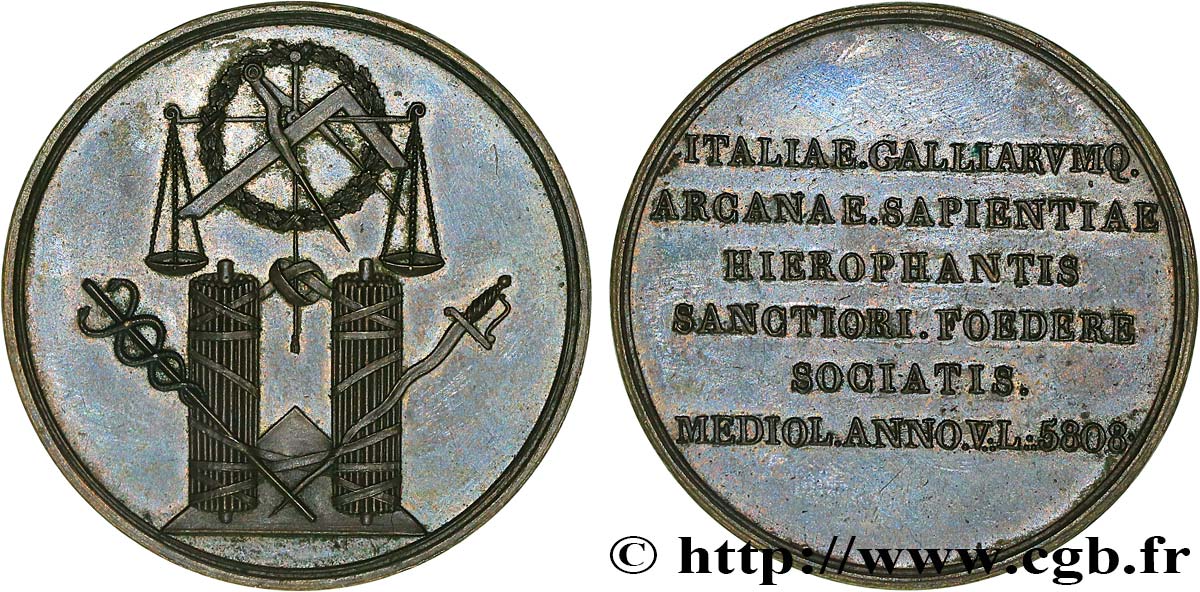
 对产品描述纠错
对产品描述纠错 打印
打印 分享我的选择
分享我的选择 提问
提问 Consign / sell
Consign / sell
 产品介绍
产品介绍




